当前位置:网站首页>5g NR system architecture
5g NR system architecture
2022-07-05 10:24:00 【InfoQ】
5G Networking scheme selection
5G System architecture
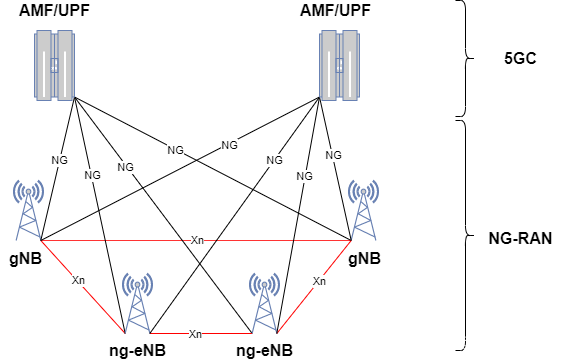
Entity function
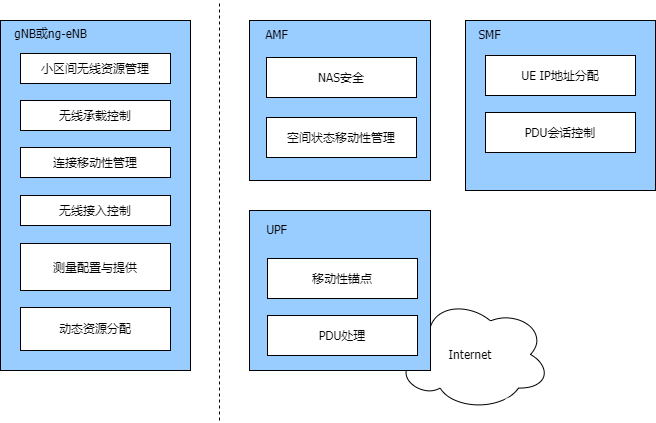
gNB and ng-eNB The main function of
- Wireless resource management related functions : Wireless bearer control , Wireless access control , Connect mobility control , In uplink and downlink UE Dynamic resource allocation
- Data IP Head compression , Encryption and integrity protection
- When the information provided by the user cannot be determined AFM When routing , For in UE Select... When attaching AMF route
- Route user plane data to UPF
- Provide control plane information to AMF The routing
- Connection setup and release
- Scheduling and transmission of paging messages
- Scheduling and transmission of broadcast messages
- Measurement and measurement report configuration for mobility and scheduling
- Transmission level packet marking in uplink
- session management
- QoS Mapping between traffic management and wireless data bearer
- Support in RRC_INACTIVE State of UE
- NAS Message distribution function
- Wireless access network sharing
- Dual connection
- Support NR and E-UTRA Connection between
5G Core network (5GC) function
AMF The main function
- NAS Signaling termination
- NAS Signaling security
- AS safety control
- be used for 3GPP Mobility between access networks CN Inter node signaling
- In idle mode UE Accessibility ( Including controlling and performing paging retransmission )
- Registration area management
- Support mobility within and between systems
- Access authentication 、 to grant authorization , Including checking roaming rights
- Mobile management control
- SMF( Session management function ) choice
UPF The main function
- Mobility anchor points inside and outside the system
- An external network interconnected with a data network PDU Conversation point
- Packet routing and forwarding
- Packet check and policy rule implementation of user plane part
- Uplink classifier , Support routing traffic to the data network
- Branch points to support multi hosting PDU conversation
- User plane QoS Handle , for example , Packet filtering , gating ,UL / DL Rate execution
- Uplink traffic verification (SDF To QoS Traffic mapping )
- Downlink packet buffering and downlink data notification triggering
SMF The main function
- session management
- UE IP Address assignment and management
- Selection and control UP function
- To configure UPF Transmission direction of , Route the transmission to the correct destination
- Control policy implementation and QoS Part of
- Downlink data notification
边栏推荐
- Redis如何实现多可用区?
- Have the bosses ever encountered such problems in the implementation of flinksql by Flink CDC mongdb?
- 各位大佬,我测试起了3条线程同时往3个mysql表中写入,每条线程分别写入100000条数据,用了f
- pytorch输出tensor张量时有省略号的解决方案(将tensor完整输出)
- WorkManager的学习二
- Uni app running to wechat development tool cannot Preview
- 【小技巧】獲取matlab中cdfplot函數的x軸,y軸的數值
- Timed disappearance pop-up
- Constraintlayout officially provides rounded imagefilterview
- NCP1342芯片替代料PN8213 65W氮化镓充电器方案
猜你喜欢

A large number of virtual anchors in station B were collectively forced to refund: revenue evaporated, but they still owe station B; Jobs was posthumously awarded the U.S. presidential medal of freedo
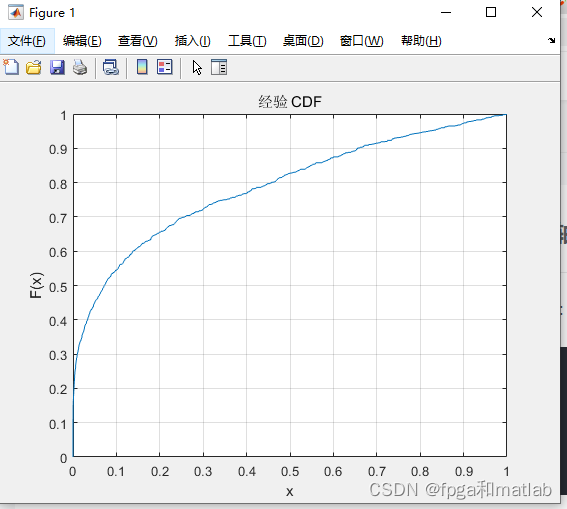
【小技巧】获取matlab中cdfplot函数的x轴,y轴的数值

《天天数学》连载58:二月二十七日
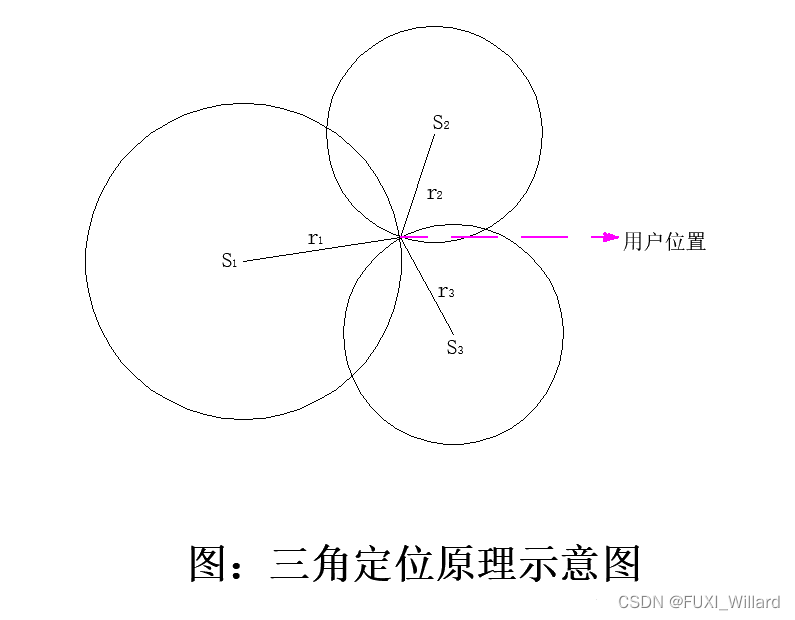
学习笔记6--卫星定位技术(上)

Advanced opencv:bgr pixel intensity map

Pseudo class elements -- before and after
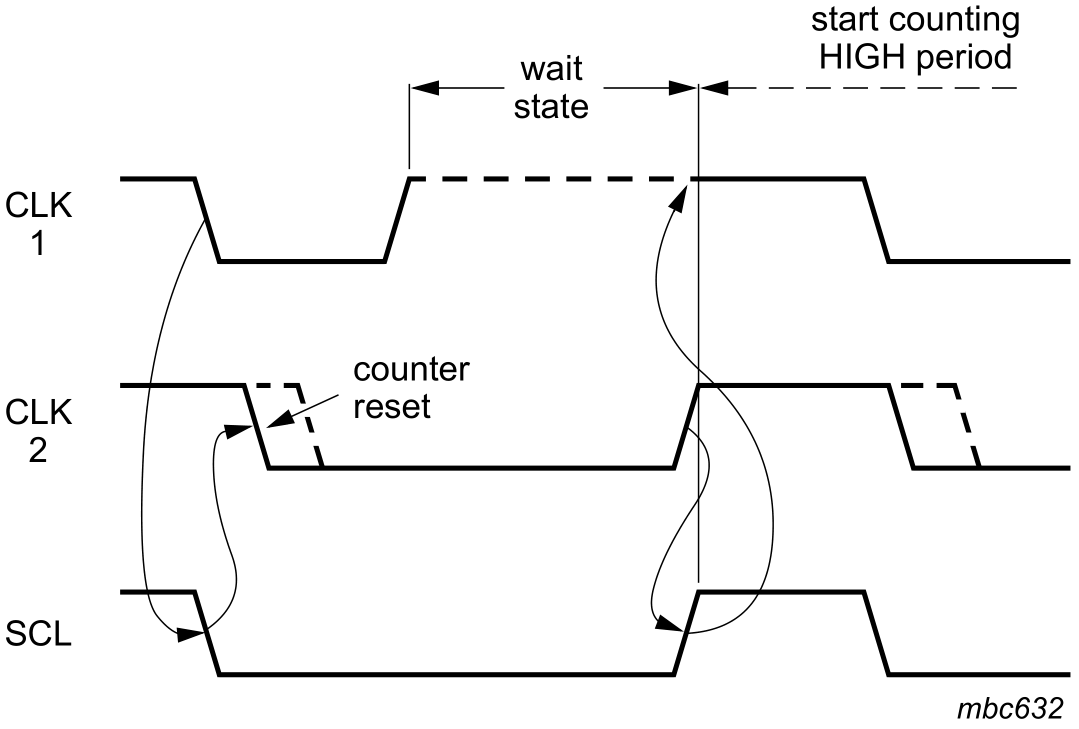
最全是一次I2C总结

【观察】跨境电商“独立站”模式崛起,如何抓住下一个红利爆发时代?

Wechat applet - simple diet recommendation (4)

程序员搞开源,读什么书最合适?
随机推荐
WorkManager学习一
Usage differences between isempty and isblank
How to write high-quality code?
In wechat applet, after jumping from one page to another, I found that the page scrolled synchronously after returning
Interview: is bitmap pixel memory allocated in heap memory or native
QT VT100 parser
字节跳动面试官:一张图片占据的内存大小是如何计算
非技術部門,如何參與 DevOps?
Have the bosses ever encountered such problems in the implementation of flinksql by Flink CDC mongdb?
《微信小程序-基础篇》小程序中的事件与冒泡
面试:List 如何根据对象的属性去重?
leetcode:1200. 最小绝对差
How do programmers live as they like?
Solution of ellipsis when pytorch outputs tensor (output tensor completely)
Livedata interview question bank and answers -- 7 consecutive questions in livedata interview~
StaticLayout的使用详解
How does redis implement multiple zones?
Pseudo class elements -- before and after
如何写出高质量的代码?
[tips] get the x-axis and y-axis values of cdfplot function in MATLAB